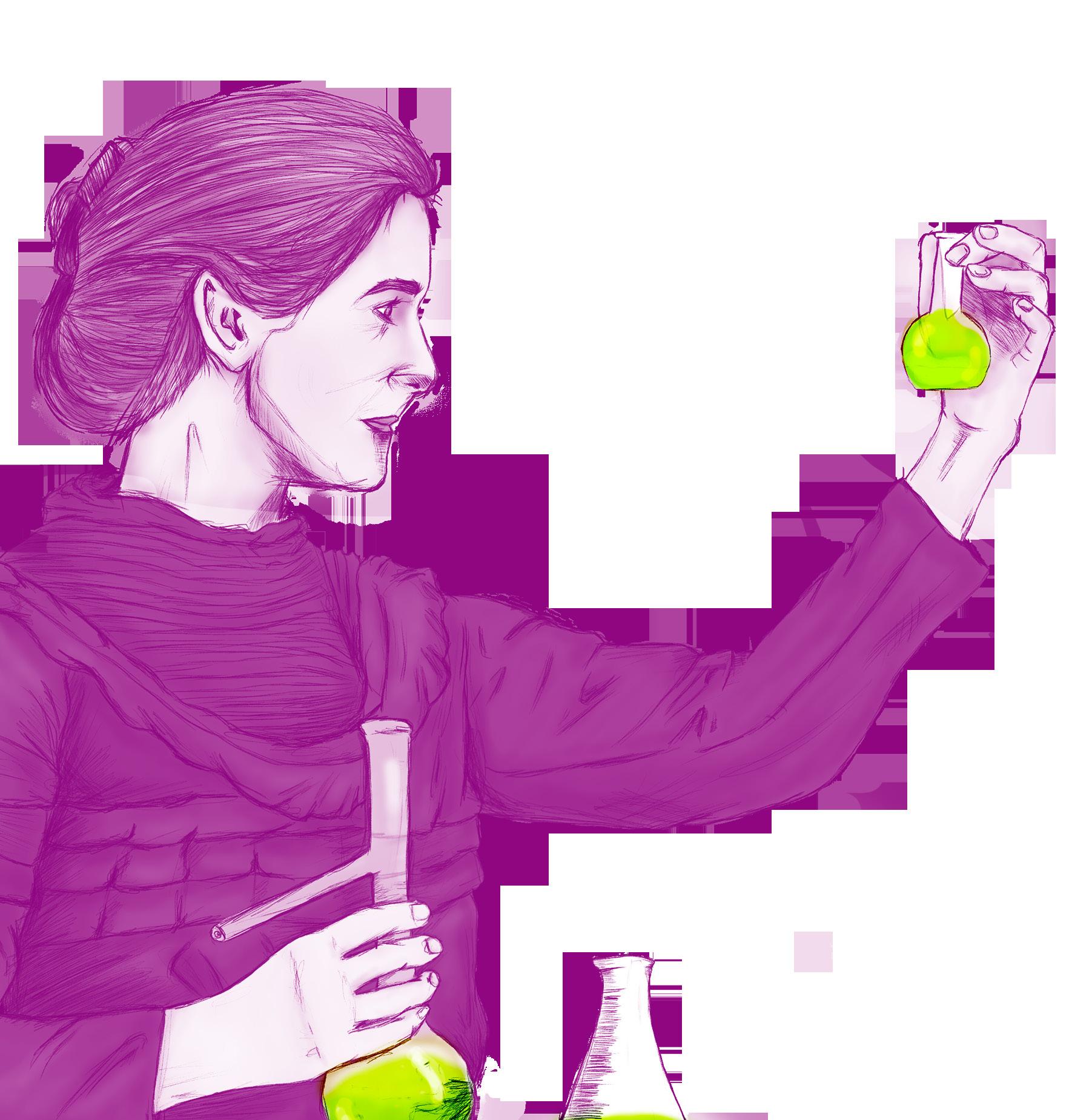
7 minute read
Each of Us a Healer: Exotic Animals, Traditional Medicine, and Global Pandemics
Each of Us a Healer: Exotic Animals, Traditional Medicine, and Global Pandemics
Juan Francisco Pérez Vargas
Advertisement
Writer, analyst and systems engineer
“I vow that in a future life, when I have attained Supreme Enlightenment, sentient beings afflicted with various illnesses, with no one to help them, nowhere to turn, no physicians, no medicine, no family, no home, who are destitute and miserable, will, as soon as my name passes through their ears, be relieved of their illness”
The 8th Vow of the Medicine Buddha-
The oldest traces of Chinese therapeutic treatments come to us from the Shang Dynasty, which ruled the Lower Yellow River Valley around 1600 BCE. The Shang Dynasty produced the earliest examples of Chinese written language, included in oracle bones and mainly used in divination. For the Shang, the dead ruled the world, but depended entirely upon the living for their sustenance. If said sustenance was ever lacking, terrible curses befell the population. Numerous cases of assorted ailments that plagued the Royal Family are mentioned (such as bloated stomachs, toothaches, and the like), but these were always attributed to curses cast by resentful ancestors. It was not until the appearance of the Huángdì Nèijīng (The Esoteric Canon of the Yellow Emperor) that the documentation of traditional Chinese medicine began. The Huángdì Nèijīng is divided in two broad sections: the Suwen (which consists of a lengthy dialogue between the Yellow Emperor and the mythical doctor Qibo, who is said to have learned the medical trade from Guangchengzi, an avatar of one of the Taoist Three Pure
Ones) and the Linghsu (which dealt with acupuncture). Interestingly enough, the Huángdì Nèijīng ignores the notion of supernatural influences such as spirits and magic, but is widely dependent on doctrines related to Taoism (such as the concept of Yin/Yang and the Five Phases)
Fast forward to the 1950s. Chairman Mao made an impassioned speech about the need to support and promote traditional Chinese medicine (TCM) by way of its massive unification in service of the people. And here is where things get interesting: Mao never believed in TCM. Even his western-trained medical advisors found the notions contained in the older texts baffling and nonsensical. The widespread support for TCM was an ideological move aimed at promoting a Marxist view of healthcare, which sought to prove that even the Western world was very much enamored of it. Neither did it hurt that the tsunami that was the Cultural Revolution positioned TCM as a low-cost alternative to provide healthcare for the masses (see our previous issue).
During the Great Leap Forward (1958- 1962), Chairman Mao introduced a bold new policy that, in theory, would transform the mainly agrarian Chinese society into a modern industrialized state by setting up collective steel furnaces in the countryside, abolishing privately-owned farms, and imposing production quotas on grain and steel. The results were a total disaster. It is estimated that between 38 and 45 million Chinese citizens starved to death, with numerous cases of cannibalism reported throughout the countryside after the complete collapse of the food supply.
By 1978, the Chinese Government, which held strict control over food production, was forced to make sweeping reforms and open the market to private companies in order to provide nourishment to the devastated population. Part of these reforms were extended to local farmers, who started capturing and selling small wildlife in order to sustain themselves. The Government supported this move, as it allowed poor peasant households to earn a living.
A decade later, the Law of the People’s Republic of China on the Protection of Wildlife, drafted during the Seventh National People’s Congress of 1988, stipulated that wild animals were now property of the state and were allowed to be exploited for human use, as well as encouraging their breeding and domestication, which led to the increase in their availability. It is not unusual to find restaurants ―of varying degrees of legality― throughout Continental China, Macao, and Hong Kong that offer their clientele camel hump, peacock, water snakes, and tiger penis soup (which, according to the claims of the restauranteurs, is a sort of turbocharged Viagra). According to TCM, you can improve your swimming abilities by eating certain kinds of fish and your vision in the dark by consuming owl, while pangolin can cure a wide variety of ailments, ranging from kidney disease (if you eat its meat) to palsy (if you use its scales). And it is pricey. Very, very pricey, but we will discuss that in a moment.
The exotic animal trade is a robust US$148 billion dollar industry. In an economy of US$140.1 trillion dollars, that is merely a drop in the bucket, but it is drop that gives exceptional leeway when hiring lobbyists to keep the gravy train rolling.
Wet markets in China have a sinister reputation deeply rooted in rampant Sino-phobia as a breeding ground for strange and disturbing ailments and creepy people eating bat spring rolls or sea cucumber tacos or whatever else they are rumored to eat (as a rule, Sino-phobes are not that bright). The markets play a vital role in the social life of Chinese citizens, but the situation becomes murky when the grey market of the aforementioned exotic animal trade rears its problematic head: the availability of this produce in the wet

markets presents a sanitary hazard, as their selling and slaughtering in confined spaces stimulates zoonosis and is generally anti-hygienic. It is very important to note that the majority of the Chinese population is against these practices, but there is a very wealthy minority that eagerly consumes the most exotic and expensive species simply because they can.
The Huanan Seafood Market in Wuhan, Hubei, has been identified as the origin point of the current COVID-19 pandemic. It has been theorized that the pathogen
may have come from bats and spread via an intermediary animal (very probably a pangolin or a turtle). At this point it is irrelevant, and the fact of the matter remains the same: exotic animals and their trade/consumption have been responsible for two pandemic outbreaks in the first two decades of the twenty-first century.
After the initial outbreak, and following a questionable handling of the health crisis by the Chinese government, the country rolled up its sleeves and got to work. By means of the Social Credit System enforced by the Communist Party, the healthcare system was able to track the movements and travel patterns of potentially infected persons. A complete lockdown of the city of Wuhan (and, eventually, the rest of the country) was enforced, and an emergency relief hospital was built in just ten days. At the time of this writing, the outbreak is under control, with new cases ironically popping among people returning to continental China. Taiwan, an island of 23 million habitants just off the coast of China, braced for the
worst. The local government issued travel restrictions to passengers coming in from the mainland, conducted a mass assessment of medical supplies, and started an aggressive communications strategy aimed at both keeping the public informed and providing them with clear procedures in case of an infection. The usage of Big Data, the experience with the previous SARS outbreak, and a quick response from the authorities managed to keep the number of confirmed cases at 252, with two deaths.
Singapore was also prepared for the worst. The tiny island-state had lived through the previous SARS epidemic (with 283 reported cases and 13 deaths, combined with a massive economic downturn) and learned valuable lessons about the spread of disease, hygiene, and societal involvement. Local officials launched a widespread testing policy and painstakingly traced all contacts that possibly infected patients may have had. This strict policy of prevention, information, and containment (without shutting down any of the economic engines) has managed to keep the number of cases at 683, with two deaths. The Black Death, caused by the Yersinia Pestis, arrived in Europe in 1347, and decimated
the continent by killing between 30% and 60% of its population. It never truly went away, however: the most recent outbreak of the Black Death occurred in San Francisco in 1908. To put this into perspective, people died of bubonic plague the same year as the Tunguska incident and the production of the first Model T. Nevertheless, we have learned from our previous experiences: we now have insecticides, genetics, vaccines, and antibiotics. You can kill most of something, but it is nearly impossible to kill all of something. Western governments need to start re-thinking their approaches, not just to public health, emergency response, and funding, but also to intersectionality and the interlinking of the human experience in the second decade of the new millennium. And in the midst of one of humanity’s most difficult trials in recent memory, it would be good to remember the words of Jun’ichirō Tanizaki: “We find beauty not in the thing itself but in the patterns of shadows, the light and the darkness, that one thing against another creates.”











